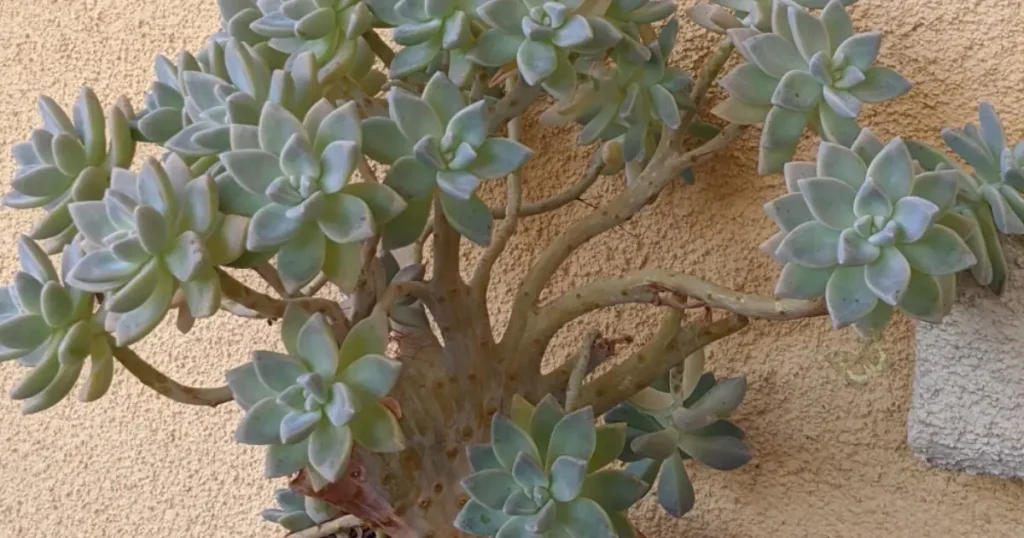If you’re looking for a unique and eye-catching addition to your garden, you might want to consider adding some crested succulents or monstrose cactus. These unusual varieties of cactus and succulents are characterized by their distinctly weird growth patterns which can be the result of a genetic mutation or environmental damage to the plant’s apical meristem, which can make them stand out from the crowd. In this article, we’ll explore the differences between crested succulents and monstrose cactus, and provide some tips on how to grow and care for these intriguing plants.
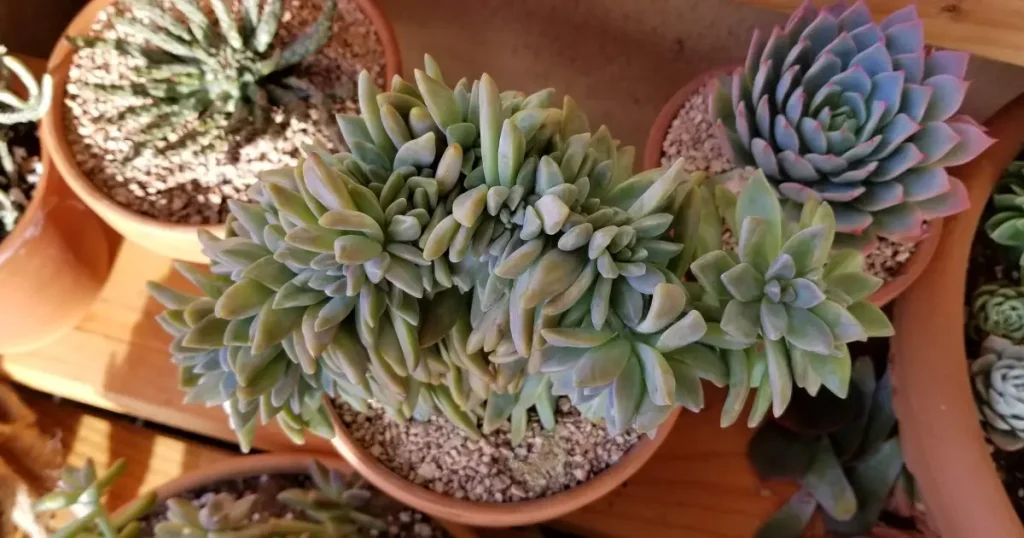
You might also like: Unlocking the Secrets of Monocarpic Succulents: The Ultimate Guide to Growing and Caring for These Unique Plants
What is the Meristem?
Meristem tissue in plants is composed of undifferentiated cells that actively undergo cell division. This tissue acts as a developmental powerhouse, as the meristem cells can differentiate into various types of specialized plant tissues. This process is akin to the behavior of human stem cells, which have the ability to differentiate into different types of cells and tissues within the body.
You might also like: 10 Cactus and Succulent Adaptations: How These Incredible Plants Have Adapted to Survive in Extreme Environments
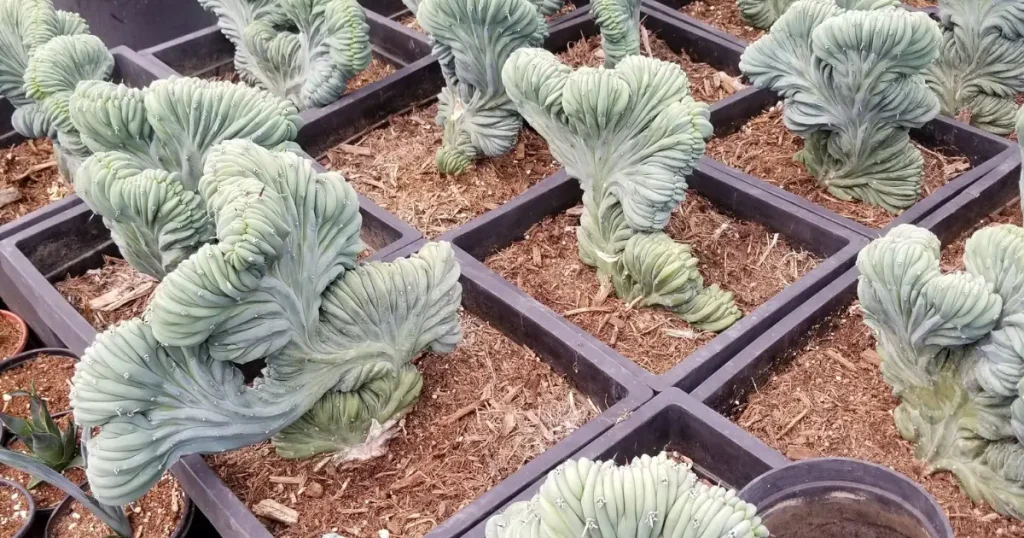
What is a Crested Succulent?
Crested succulents are a type of plant that grows in a flattened, fan-like shape, with multiple growing points. This unique growth pattern is the result of a genetic mutation or environmental damage to the plant’s apical meristem. Some examples of crested succulents include the Euphorbia lactea cristata, also known as the coral cactus, and the Mammillaria elongata ‘Cristata’, also known as the brain cactus.
You might also like: Aeonium ‘Sunburst’: The Colorful Copper Pinwheel
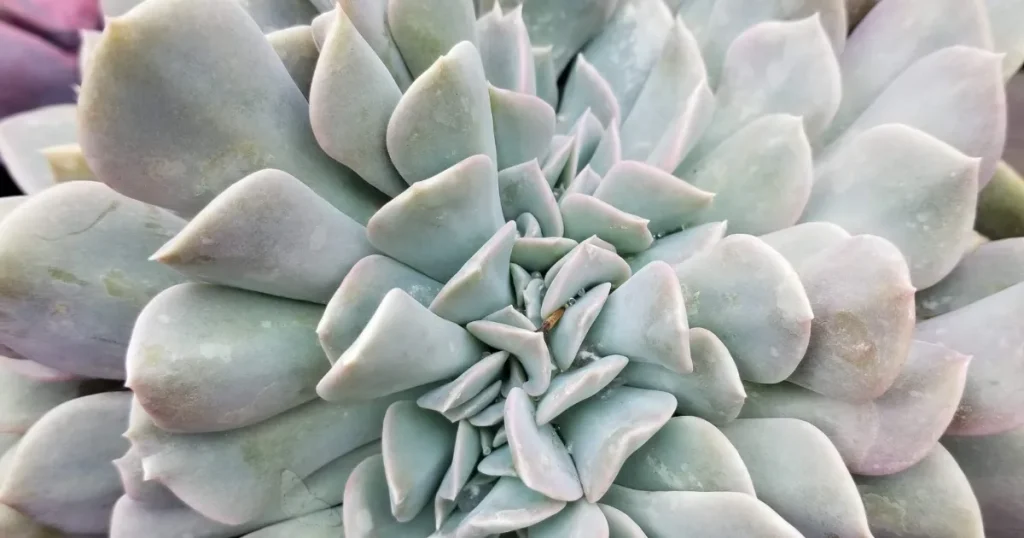
Crested succulents are highly prized by collectors, as each one is unique and can be considered a “one-of-a-kind” plant. They can be propagated through cuttings, but it can be difficult to reproduce their unusual growth pattern.
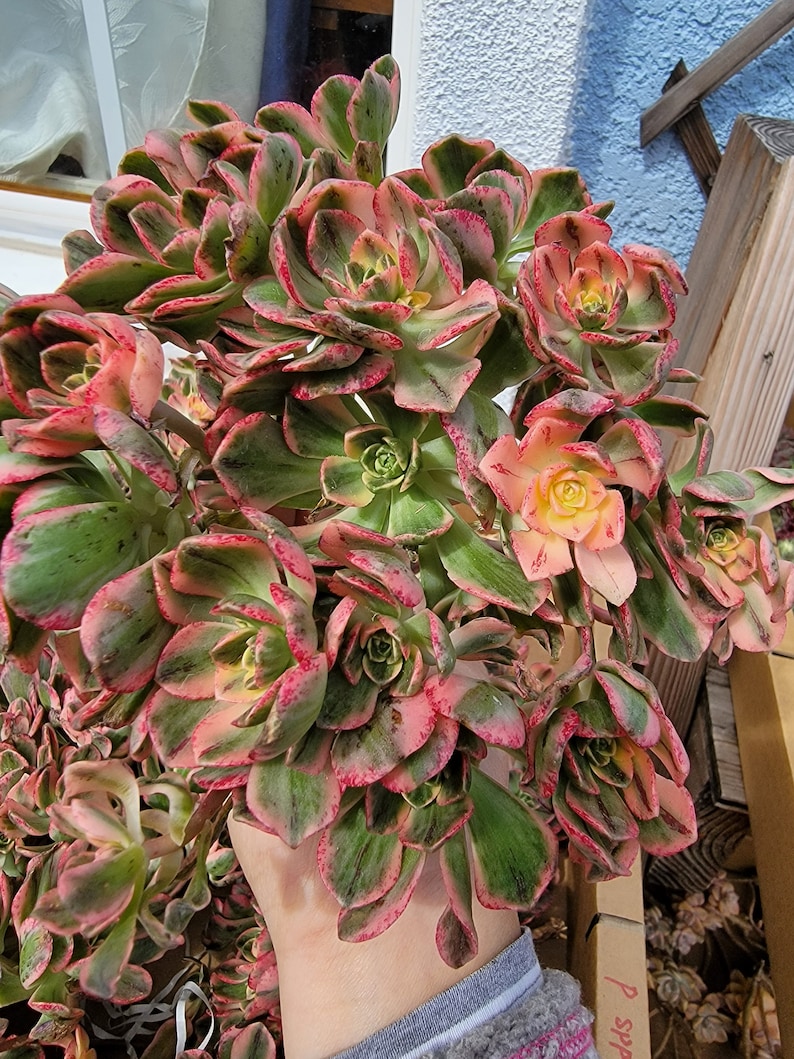
You might like: How to Behead an Echeveria and Cut Off Bloom Stalks: A Step-by-Step Guide
If you want to grow crested succulents, you should provide them with well-draining soil and ample sunlight. They are relatively low-maintenance plants, but they can be susceptible to pests and diseases if they are not given the proper care.
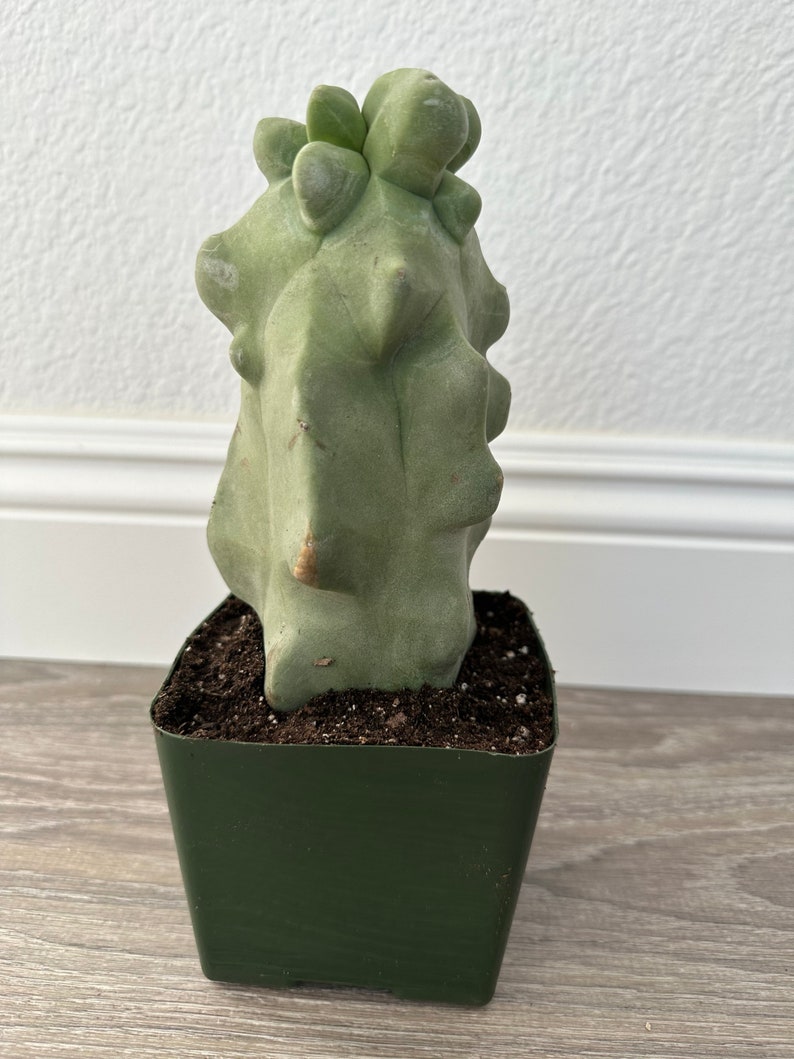
Some succulents are more prone to cresting than others. In my garden I see a lot of crested ‘Fred Ives,’ Senecio vitalis ‘Mermaid Tail’ and Aeonium ‘Sunburst.’
You might also like: Succulent Soil: Ultimate Guide & 4 DIY Recipes to Keep Your Succulents Happy and Healthy
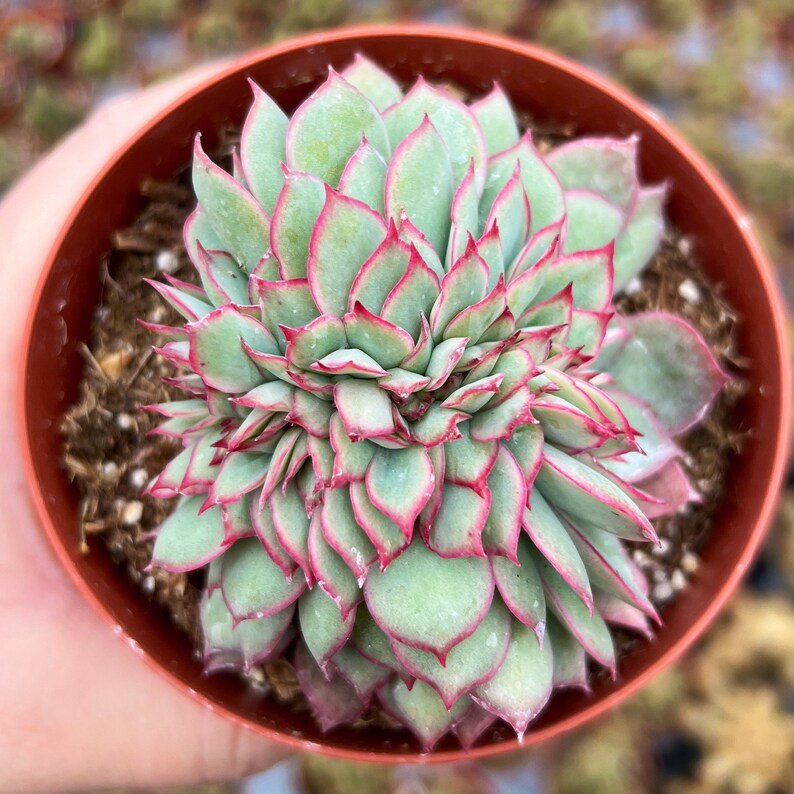
Monstrose Cactus: Abnormal Shapes with Exaggerated Features
Monstrose cactus, on the other hand, are characterized by their abnormal shapes with exaggerated features, such as larger-than-normal stems, thorns, or flowers. Like crested succulents, monstrose cactus are the result of a genetic mutation or environmental damage to the plant’s apical meristem.
You might also like: 5 Essential Mental Health Benefits of Gardening Succulents and Cacti

Some examples of monstrose cactus include the Echinocereus triglochidiatus ‘Monstrosus’, also known as the hedgehog cactus, and the Opuntia monacantha ‘Monstrosa’, also known as the monstrose prickly pear. Monstrose cactus can be much larger than their non-monstrose counterparts and their unusual shapes can be used to create interesting and unique landscape designs.
You might also like: How to Safely Transplant a Cactus: A Comprehensive Guide + Life Hacks
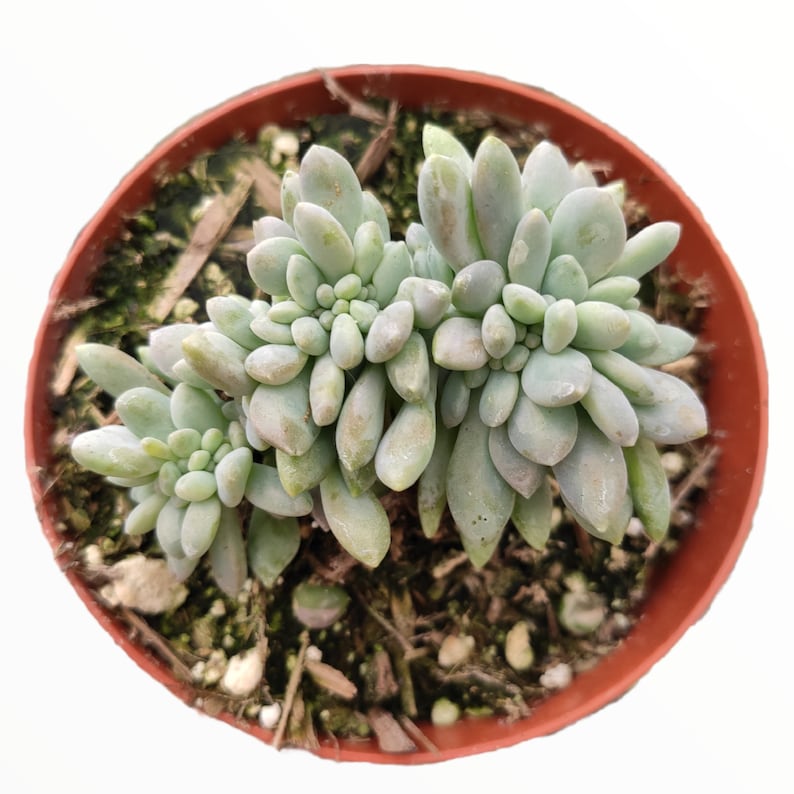
If you want to grow monstrose cactus, you should also provide them with well-draining soil and ample sunlight. They are generally low-maintenance plants, but they can be vulnerable to pests and diseases if they are not given the proper care.
You might also like: How Much Light Do Succulents Need?
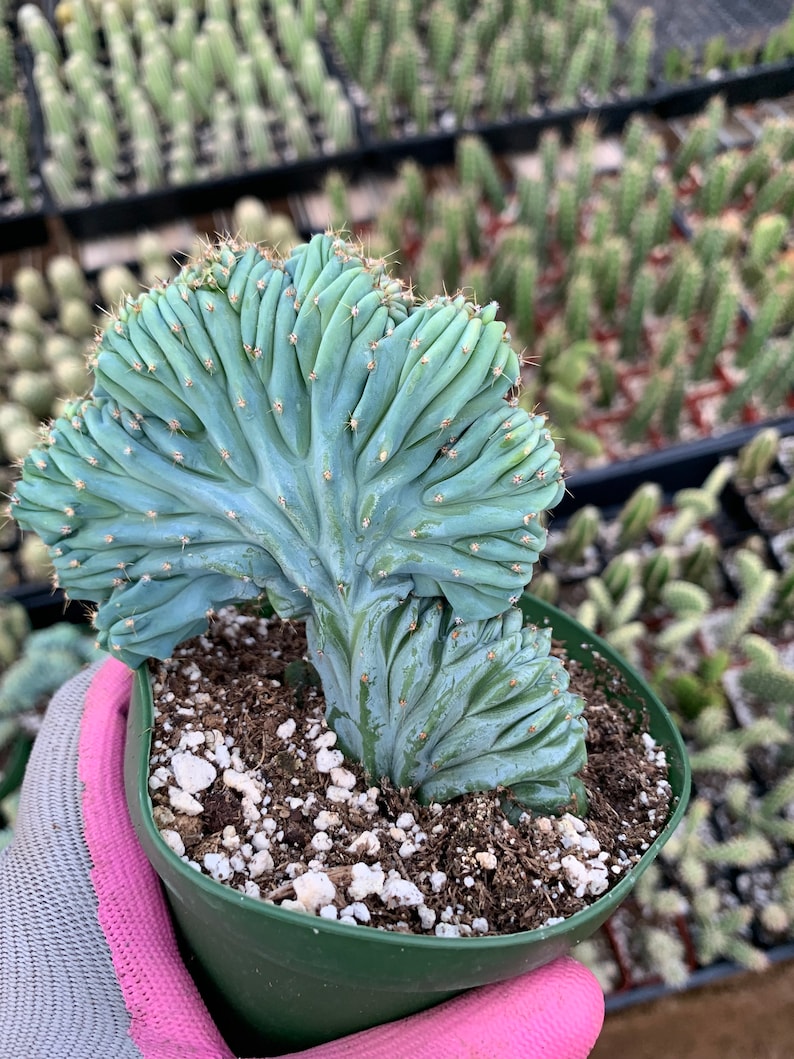
How to Care for Crested Succulents and Monstrose Cactus
If you’re interested in cultivating crested succulents or monstrose cactus, there are a few things you should keep in mind. First, it’s important to use well-draining soil that will not hold too much moisture. These plants are adapted to arid environments and do not like wet feet.
You might also like: How & When to Water Succulents So They Don’t Die
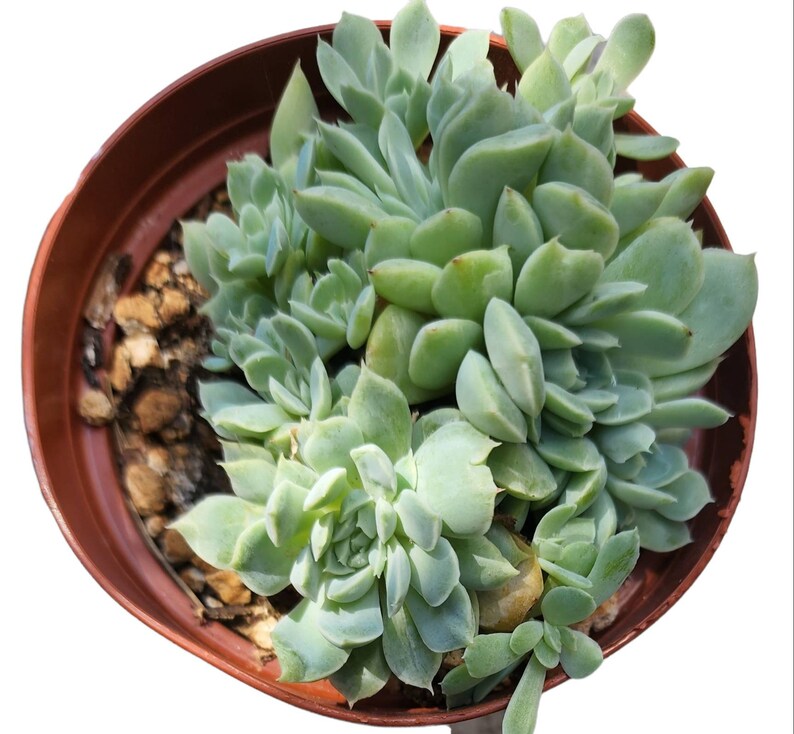
Second, make sure to provide them with ample sunlight. These plants require plenty of light to thrive, so it’s important to place them in a sunny location.
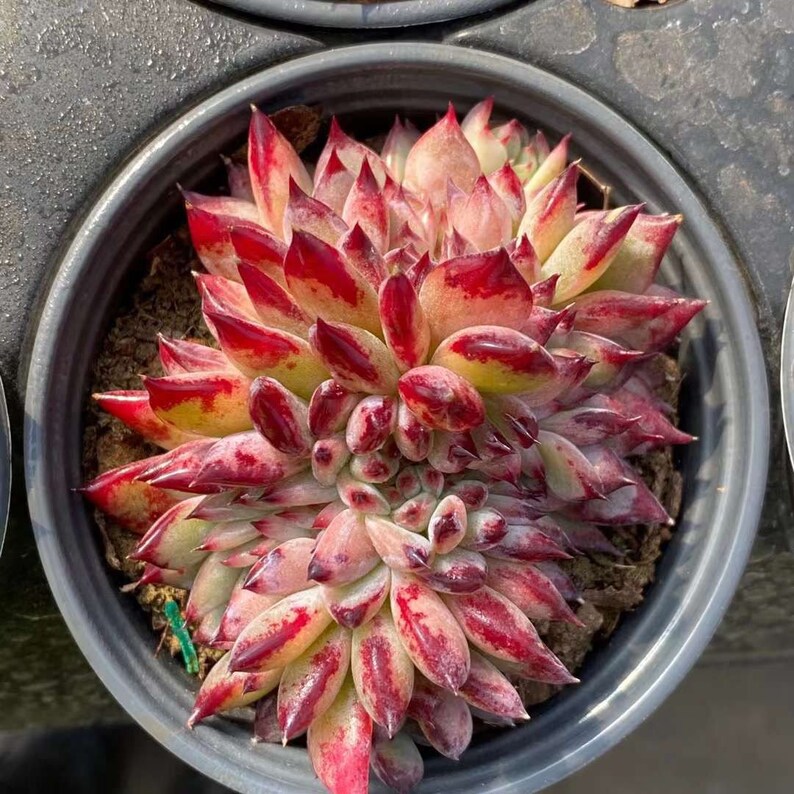
Finally, be aware that these plants can be susceptible to pests and diseases, so it’s important to keep an eye out for any signs of trouble. If you notice any problems, such as yellowing or wilting leaves, you should take action immediately to prevent the issue from spreading.
You might also like: 12 Succulent Pests and Diseases: Identification, Treatment, and Easy Prevention of Mealybugs, Thrips and More
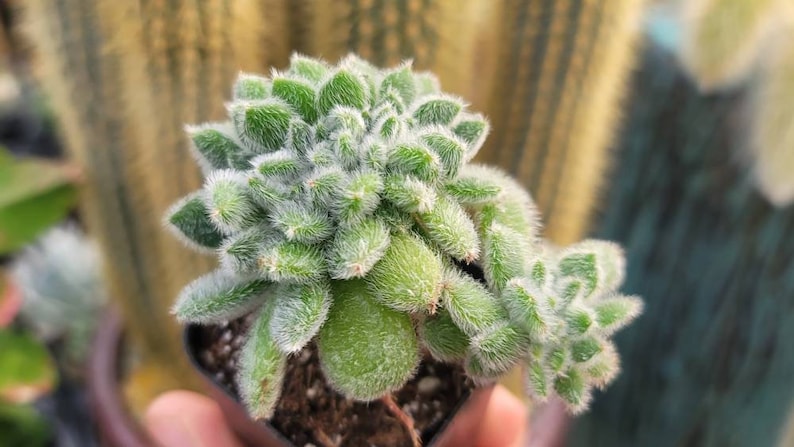
What causes crested succulents and monstrose cactus?
Crested succulents and monstrose cactus are the result of genetic mutations or environmental damage to the plant’s apical meristem, which is the area at the tip of the stem where new growth occurs. In some cases, these mutations can occur spontaneously, while in other cases they may be the result of environmental stressors such as injury, disease, or extreme temperature fluctuations.
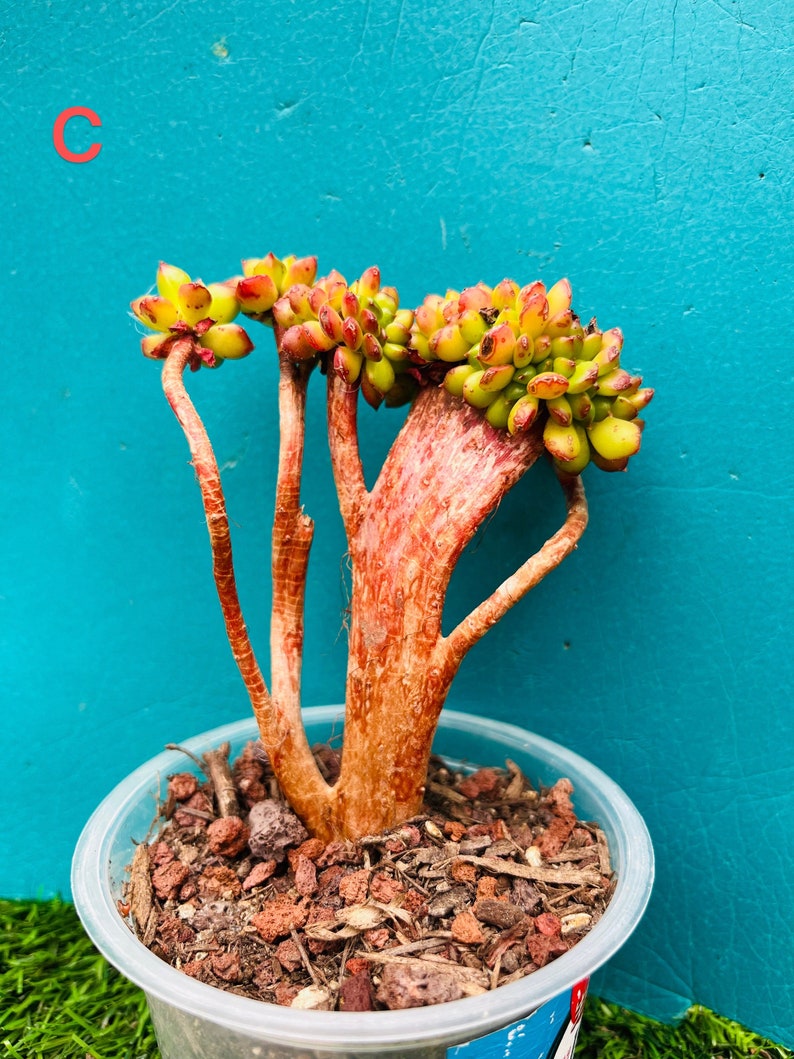
Once the mutation occurs, the plant begins to grow in an unusual and distinctive pattern, resulting in the flattened, fan-like shapes of crested succulents and the abnormal shapes with exaggerated features of monstrose cactus. While these mutations can be fascinating to observe, they can also make the plants more vulnerable to pests and diseases.
What is fasciation? Is it the same as crested?
Fasciation is a phenomenon that causes plants to grow in a flattened, ribbon-like or distorted manner, often with elongated or flattened stems or leaves. It is a relatively rare condition that can occur in many types of plants, including succulents and cacti. Fasciation is caused by genetic mutations, hormonal imbalances, or environmental factors such as injury or disease.
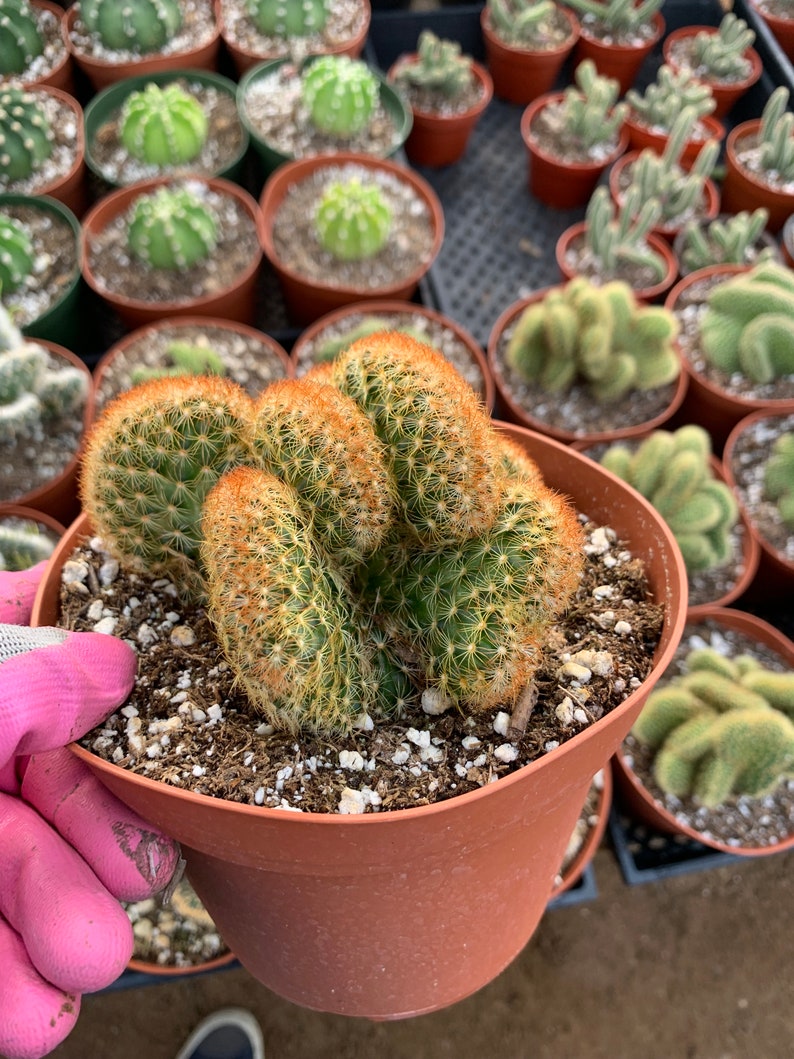
Crested succulents, on the other hand, are a specific type of fasciation that results in a fan-like, flattened shape with multiple growing points. Cresting is a rare genetic mutation that can occur spontaneously in many types of cacti and succulents. It is similar to fasciation, but with a distinct growth pattern that sets it apart from other forms of fasciation.
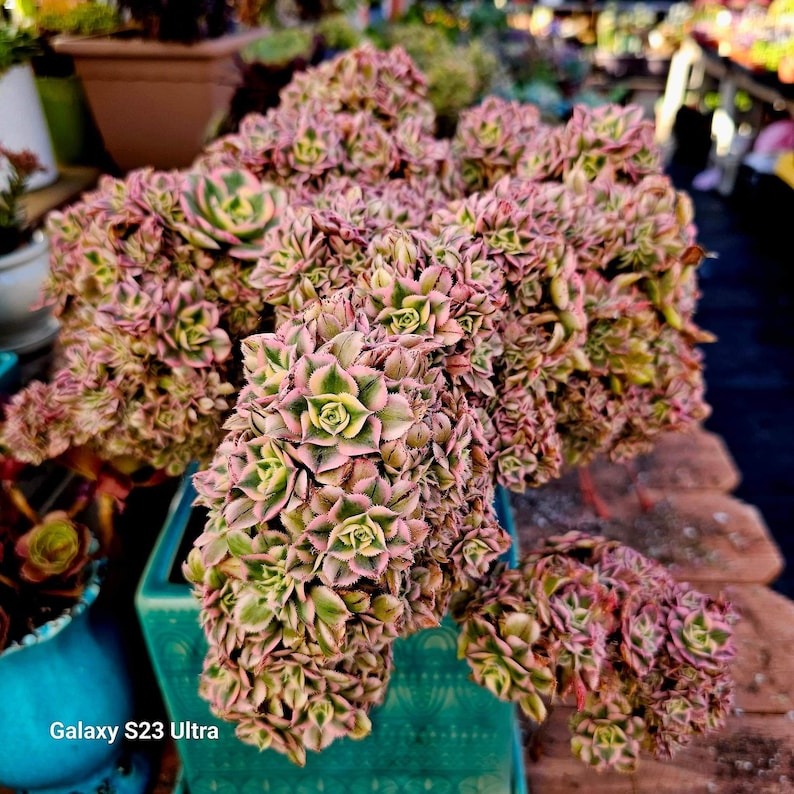
While fasciation and crested growth patterns are related phenomena, they are not exactly the same. Fasciation is a general term used to describe various types of abnormal plant growth, while crested growth is a specific form of fasciation that results in a flattened, fan-like shape with multiple growing points.
What are some other words for crested, monstrose and fasciated?
There are several other terms that are commonly used to describe the unusual growth patterns of crested, monstrose, and fasciated plants. Some of these terms include:
- Cristate: This term is used interchangeably with crested, and refers to the fan-like shape of the plant.
- Monstrosity: This is another term for monstrose growth patterns, which often feature exaggerated or distorted features.
- Crested monstrosity: This term is used to describe plants that exhibit both crested and monstrose growth patterns.
- Wavy: This term can be used to describe fasciated growth patterns, which can cause stems or leaves to become rippled or undulating.
- Corkscrew: This term can also be used to describe fasciated growth patterns, as some plants may exhibit twisted or spiraled stems or leaves.
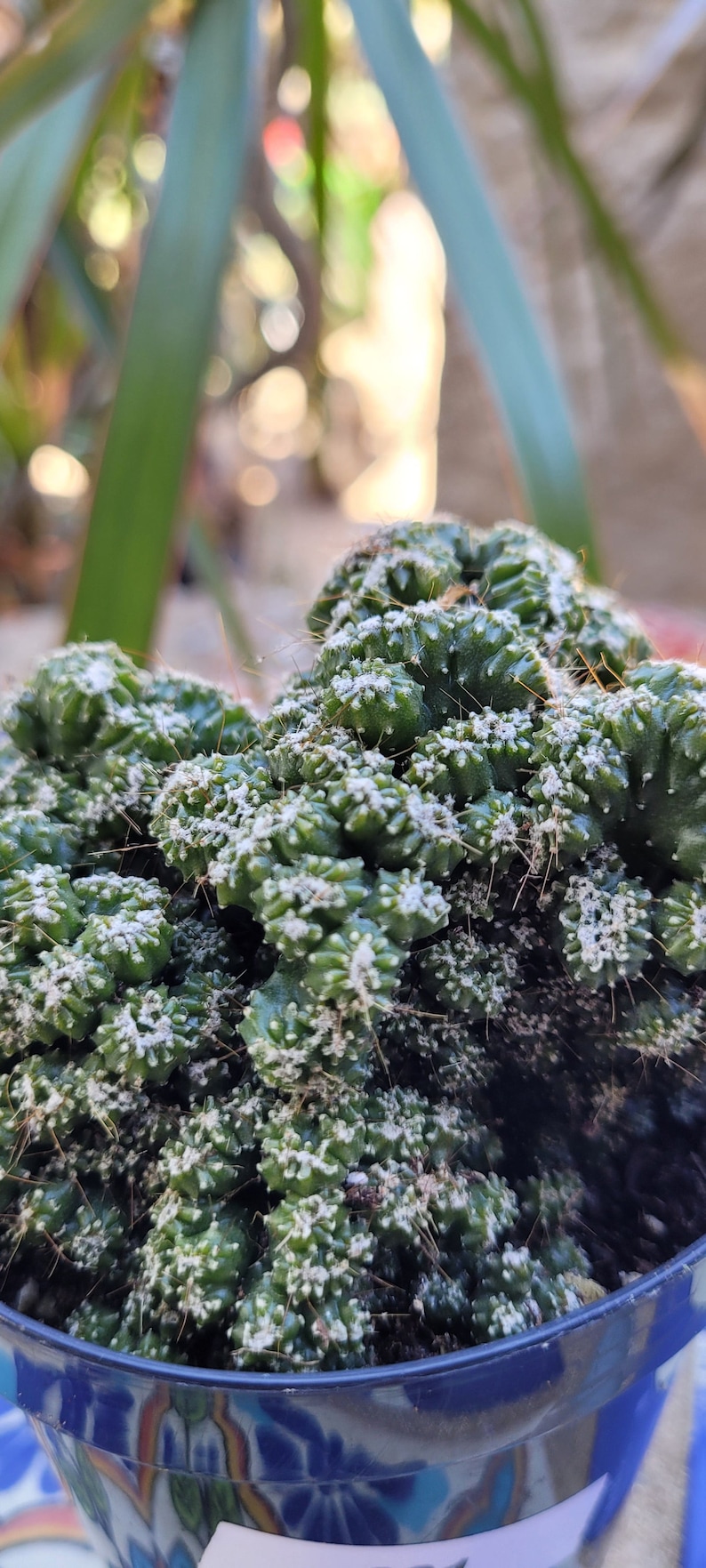
Can You Propagate Crested Succulents?
Yes, crested succulents can be propagated, though it may take more care and effort compared to regular succulents. Here are some tips for propagating crested succulents:
- Leaf cuttings: Take leaves from the crested section and lay on soil, like regular succulents. Higher chance of retaining crested trait vs non-crested cuttings.
- Stem/pad cuttings: Cut pieces with fused ridges and place on soil. Maintain slightly higher humidity and limit disturbance while roots form.
- Offsets: Watch for natural offshoots from crested areas and separate carefully once established. Roots may be fragile.
- Light/water: Be diligent as crested succulents are prone to rot. Provide humidity but monitor drainage to avoid overwatering dense growths.
- Patience: Crested succulents may root and establish more slowly than typical clones. Monitor closely without disturbing newly forming roots.
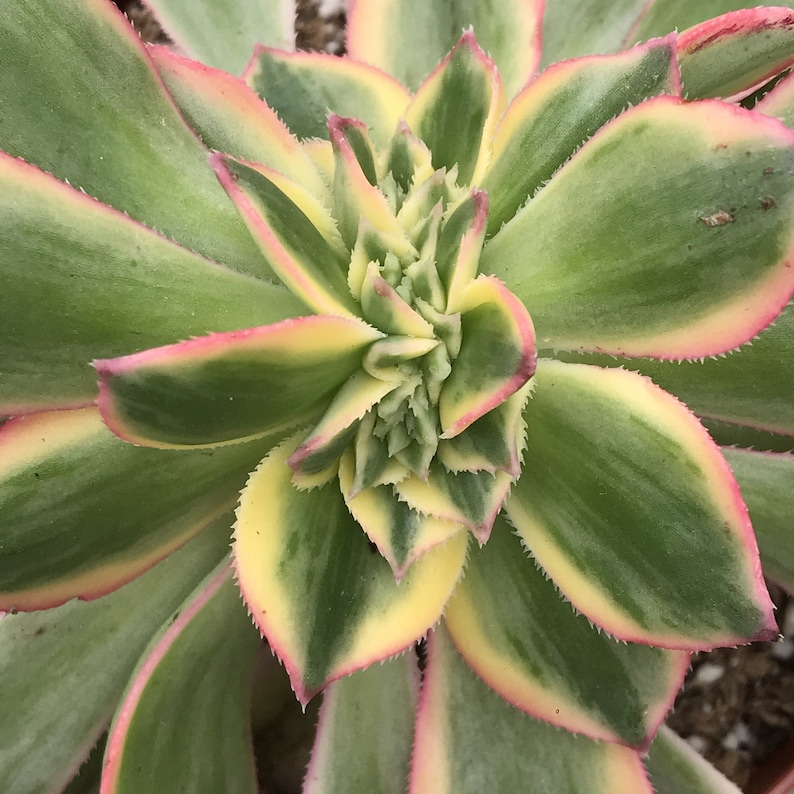
Crested succulents and monstrose cactus are unique and fascinating plants that can add a touch of the unusual to your garden. With their distinctive growth patterns and exaggerated features, these plants are sure to turn heads and make your garden stand out. By providing them with the right growing conditions and taking steps to prevent pests and diseases, you can cultivate these plants successfully and enjoy their beauty for years to come. Whether you’re a seasoned plant collector or a newcomer to gardening, crested succulents and monstrose cactus are definitely worth considering for your next gardening project.
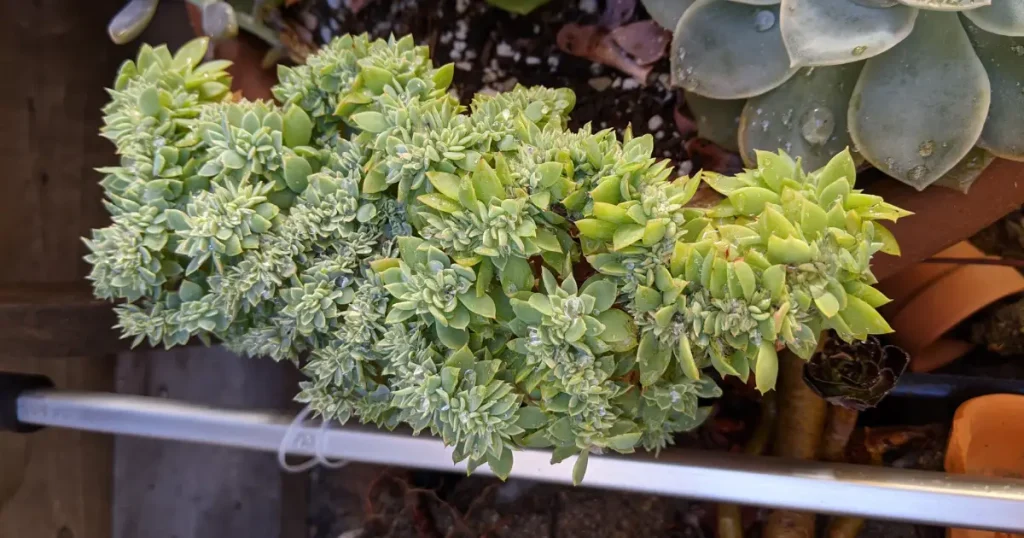

Where to Buy Succulents Online
